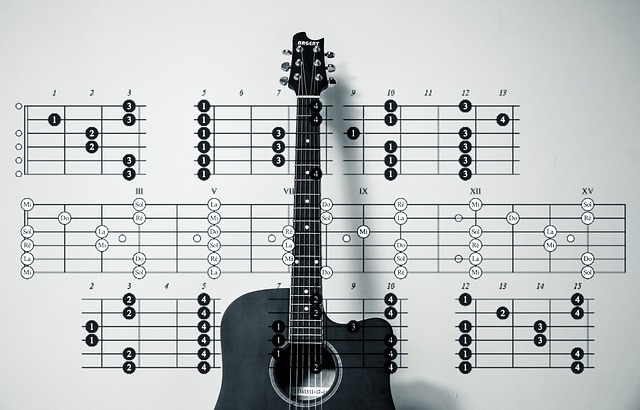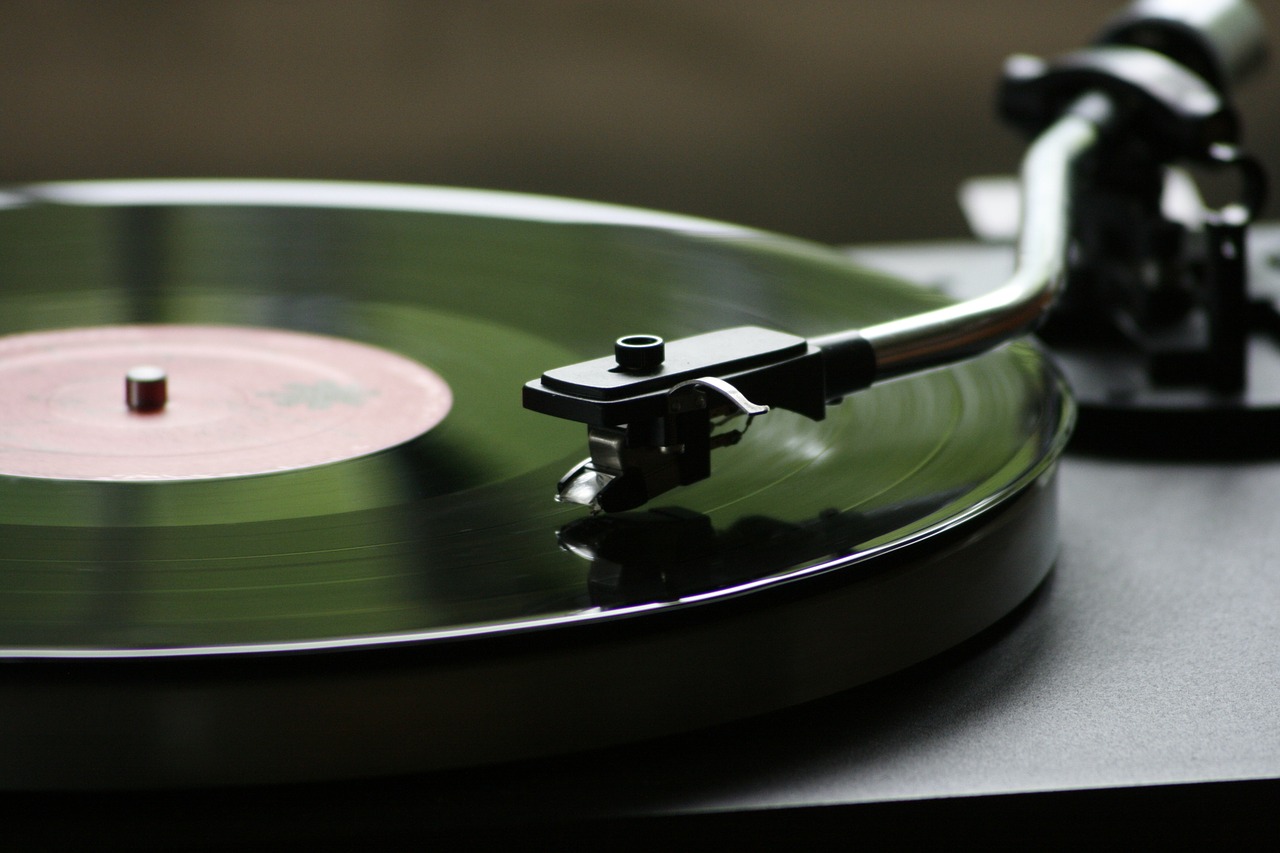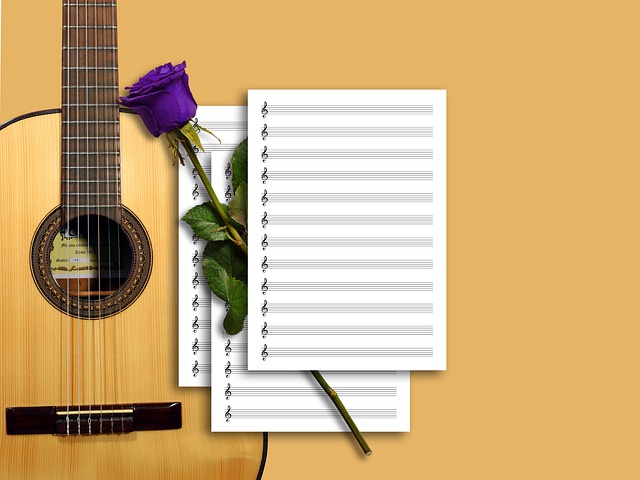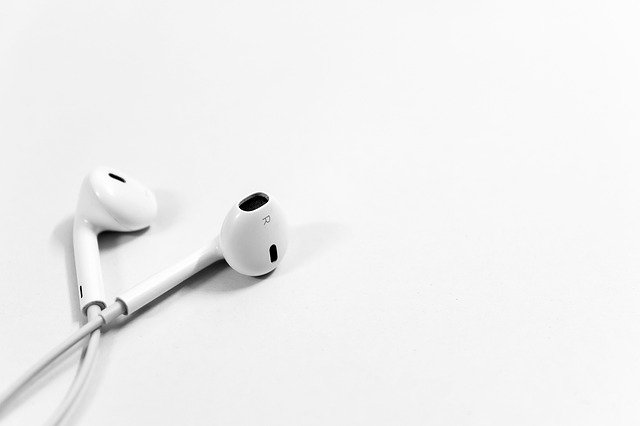Why Are Music Clubs Important In Schools?

Music clubs are important because they provide a space for students to express themselves creatively and emotionally. They also offer a space for students to connect with others who share their interests in music. Music clubs can help students cope with mental health problems. The benefits of music clubs include:
- Increased self-esteem
- Improved mental health
- Enhanced social skills
- Social integration
Music Clubs are important because they provide a space for students to express themselves creatively and emotionally. They also offer a space for students to connect with others who share their interests in music.
Music clubs have been proven to have a number of benefits for students. They help with their mental health, increase their grades, and provide them with a sense of community. Music clubs also teach kids how to work as a team and build social skills.
In addition to these benefits, music clubs can also help students learn how to handle difficult emotions in healthy ways. They can also help children develop a healthy relationship with the arts which will be beneficial for them in the future.
Music is Important for Well-being and Mental Health for Students
The importance of music in our lives is not just limited to a social and cultural level. It also has a profound effect on our mental health. Music can be used as an effective therapy for people who are suffering from anxiety, depression, PTSD, and other mental disorders.
Music has the power to trigger emotions in the listener which can have a positive effect on their well-being. It also helps people distract themselves from the negative thoughts that lead to anxiety and depression. Music is a powerful way of expressing thoughts and emotions.
In 2018, the world’s most powerful music therapy was revealed in a study by the University of Montreal. The study found that people exposed to music for just 60 seconds were less anxious and had increased levels of happiness. After listening to their favorite songs, subjects showed increased moods and fewer anxiety-related symptoms. Music therapy has been shown to have a positive impact on symptoms, such as anxiety, depression, insomnia, and attention deficit hyperactivity disorder.
Music Club Helps Students Release Tension From School Work
Students are regularly stressed. That’s why schools, in association with the Parents and Teachers Association, encourage clubs in schools. This is also the reason why schools use club management software like Campai for administrative purposes (vereinsverwaltung mitglieder). The software helps club associations to monitor and track the activities of each club and its members.
Drama clubs, sports clubs, the artists club, dance clubs, and music clubs in schools encourage students to be active and discover their talents and their likes. These clubs help students to fight depression and encourage intersocial relationships. It works as a support group for all students.
Read More →







